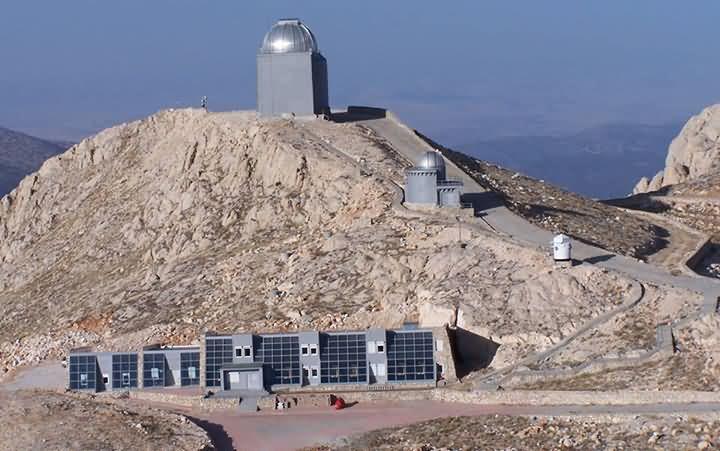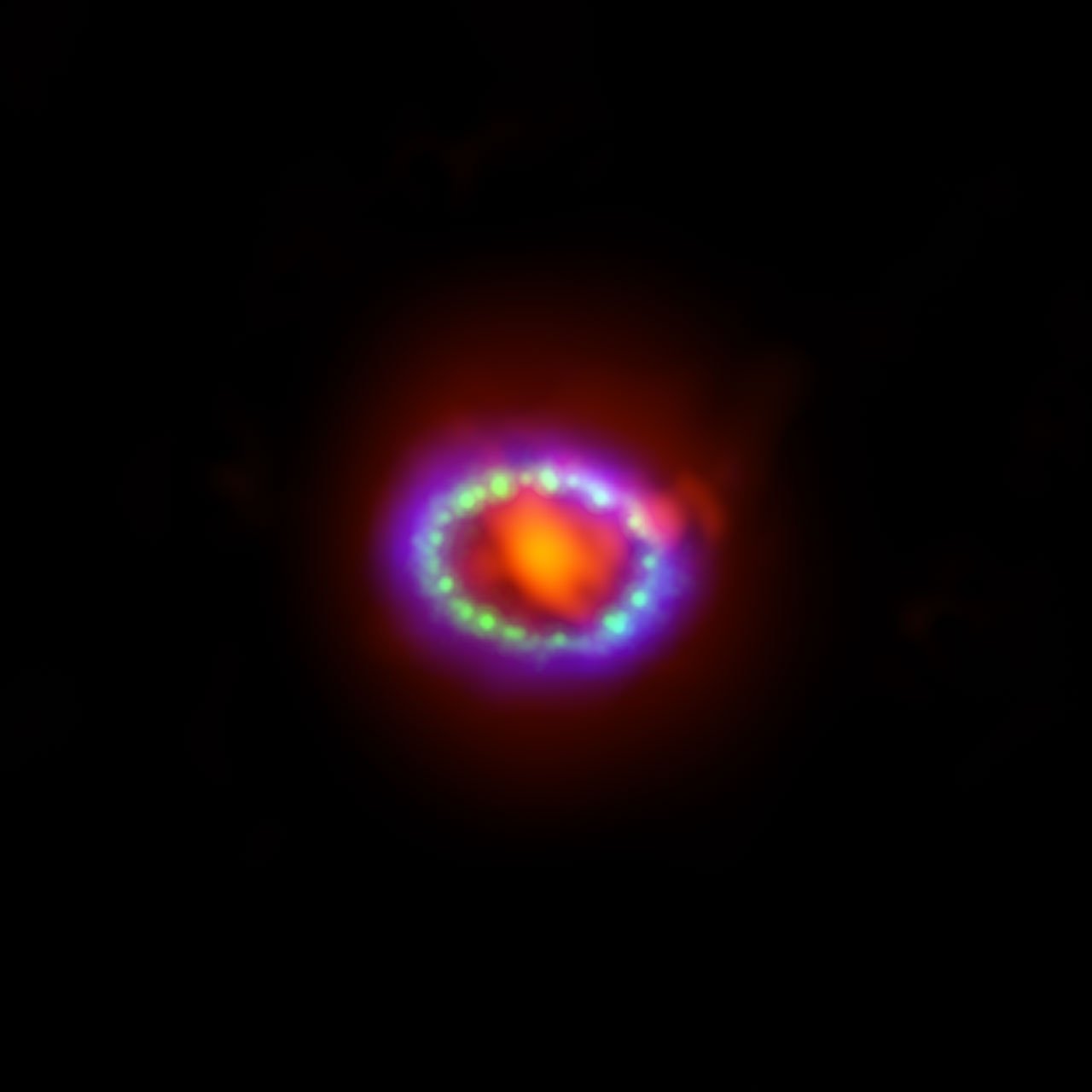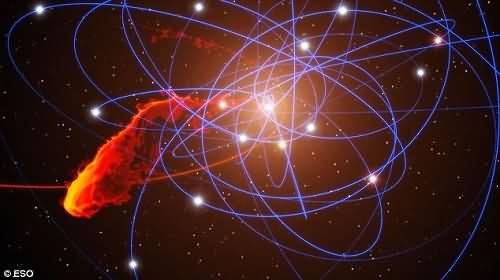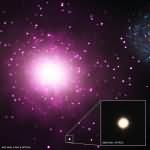The Dragon Awakens: Massive Explosion of Super Black Hole at the Center of Our Galaxy Revealed
A team from the University of Sydney has discovered that the supermassive black hole at the center of our galaxy exploded massively 2 million years ago, and the resulting nebula was thrown 200,000 light-years away. You can see it in the image.
As a result of this research, it was discovered that black holes can reach maximum levels at certain periods and then return to their previous state.

Professor Joss Bland-Hawthorn, from the University's School of Physics, who published his paper in the journal Astrophysics, said: "For 20 years, astronomers believed such an explosion had occurred, but now we know that a sleeping dragon, a black hole with the mass of 4 million suns, woke up 2 million years ago and is breathing fire with 100 million times its current power."
Professor Joss Bland-Hawthorn unveiled these studies at a science conference at Sydney's Galaxy Garden today.
"We predicted that the black hole at the centre of our galaxy had exploded chaotically in the past. These observations are the strongest evidence yet," said Martin Rees, Astronomer Royal, who was the first to suggest that supermassive black holes at the centre of galaxies are energetic quasars.
The evidence comes from a lacy filament of hydrogen gas called the Magellanic Stream, whose paths lie behind our neighboring Large and Small Magellanic Clouds in our local galaxy cluster.
"We've known about the Magellanic flow since 1996, but we had no idea what was causing it. Now we understand that it's a fossil of a powerful ejection of matter from the supermassive black hole at the center of our galaxy," the researchers said.
From here You can also access the animation of the explosion.
Source:
Science Daily-The Dragon Awakens: Colossal Explosion from Supermassive Black Hole at Center of Galaxy Revealed
- J. Bland-Hawthorn et al. Fossil Imprint of a Powerful Flare at the Galactic Center Along the Magellanic Stream. The Astrophysical Journal, 2013 (in press)










